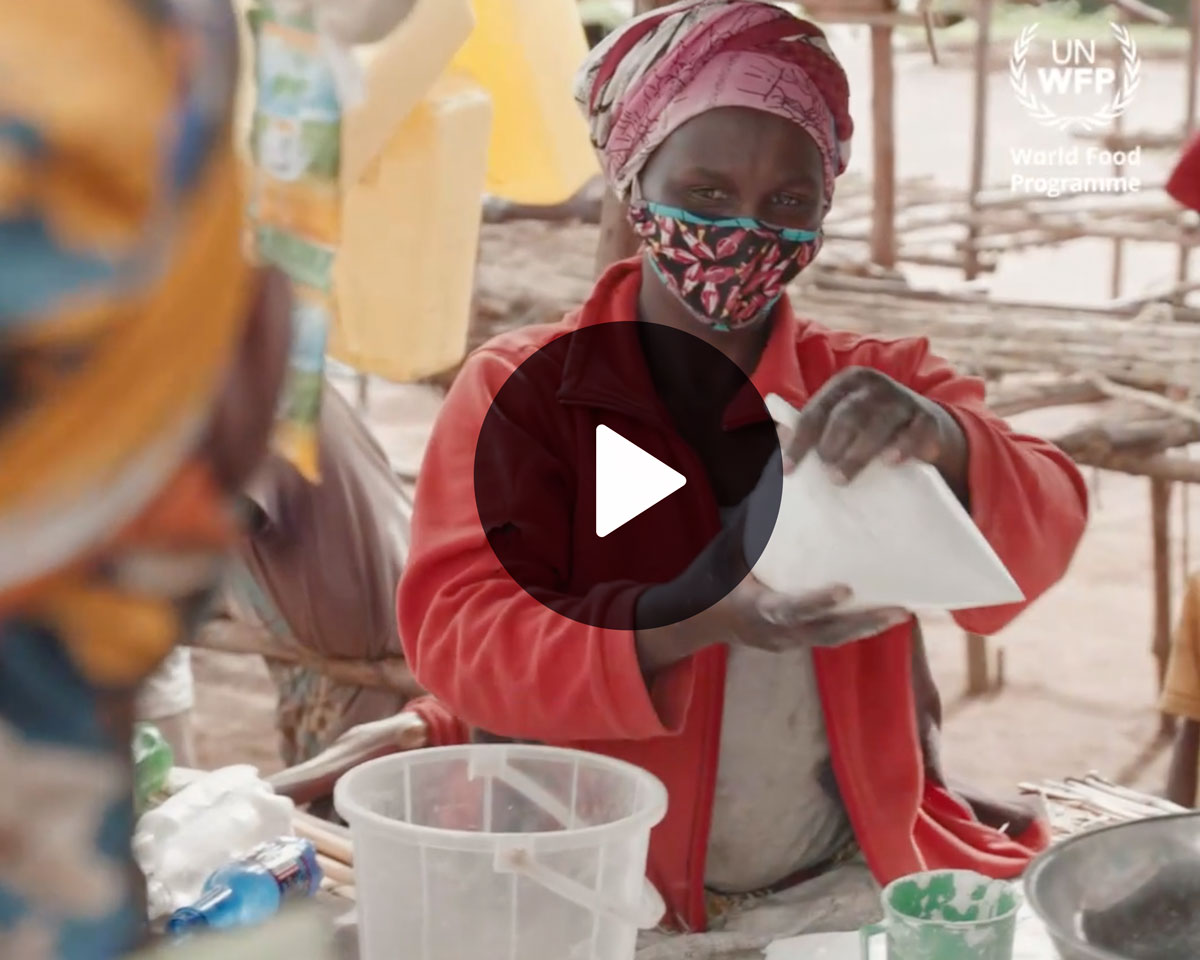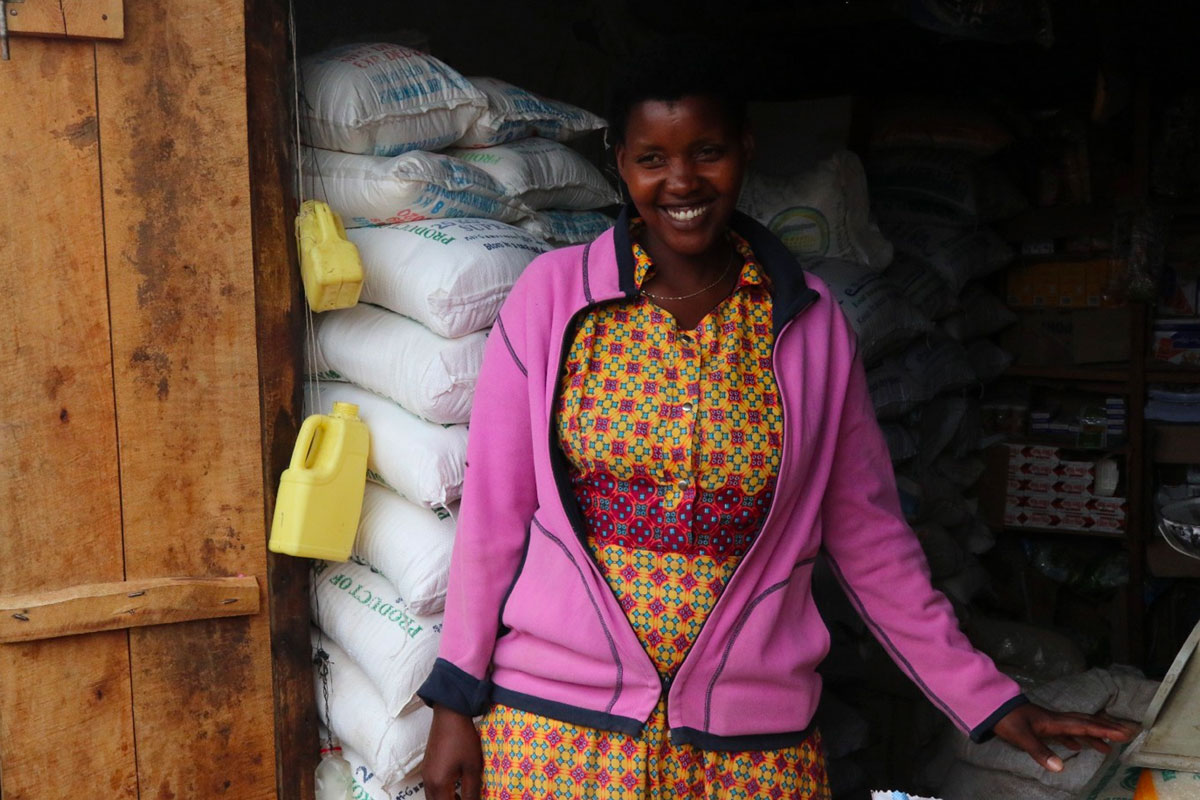In a year with unprecedented challenges, the United Nations World Food Programme (WFP), the largest humanitarian organisation working towards zero hunger, stepped up and reached 115 million people in need, working in 88 countries — the largest effort in our 60-year history. The European Union remained one of our most vital partners, helping scale up our operations to continue saving and changing lives across the globe.
Driven by conflict, climate change and the coronavirus pandemic, hunger continued to rise in 2020. The latest Global Report on Food Crises found that the number of people facing acute food insecurity and needing urgent assistance hit a five-year high in 2020. Conflict, extreme weather and economic shocks — including those caused by COVID-19 — pushed at least 155 million people across 55 countries into acute food insecurity.
The Global Report on Food Crises, which provides the latest estimates of acute hunger in the world, is the flagship product of the Global Network Against Food Crises, which was launched in 2016 by the European Union, WFP and FAO to prevent and address the most severe hunger emergencies.
The socioeconomic consequences of COVID-19 pushed many already-struggling communities into desperate circumstances. By the end of 2020, an estimated 270 million people (across 79 countries where data is available) faced acute food insecurity — an 82 percent increase from pre-pandemic levels.
Despite the pandemic, conflict remained the main driver of hunger in the world. For WFP’s efforts to combat food insecurity and to address the root causes of hunger by working to prevent its use as a weapon of war and conflict, we were honoured to receive the Nobel Peace Prize for 2020, and to join the European Union (awarded the prize in 2012) as a Nobel Laureate.
In the face of these growing food security challenges, the EU’s support in 2020 and its dedication to WFP were vital for addressing climate change, building peace, investing in economies and building better futures.
The EU and its Member States were committed to the world’s most vulnerable people, contributing a total of over
The European Commission alone contributed €466 million and was WFP’s fourth largest donor.
Thanks to support from the European Commission’s Civil Protection and Humanitarian Aid Operations (ECHO), WFP was able to reach those most affected by conflict and insecurity, climate change, and the COVID-19 pandemic. Funding from DG ECHO allowed WFP to save lives in the most severe emergencies and implement innovative solutions to effectively help those in need. This funding also ensured that people living in the world’s forgotten crises weren’t overlooked. WFP remains ECHO’s top UN partner by funding.
Together with the European Commission’s Directorate-General for International Partnerships (INTPA), WFP worked to address the root causes of hunger, providing communities around the globe with sustainable and long-term solutions to lift them out of hunger and poverty — ranging from resilience building and livelihoods activities to nutrition and school meals programmes. In 2020, WFP and INTPA strengthened our technical and thematic dialogue, both in Brussels and throughout the dozens of countries where we work closely together.
Thanks to the European Commission’s Directorate-General for Neighbourhood and Enlargement Negotiations (NEAR), WFP was able to support national social safety net programmes in Lebanon and provide cash assistance to both vulnerable Syrian refugees living in Lebanon and impoverished Lebanese host communities during the country’s worst crisis since the civil war. The support from NEAR to WFP operations in Lebanon represented the single largest contribution from the European Commission to WFP in 2020.
In addition to working with the European Commission to fight hunger around the globe, WFP has also developed a strong partnership with the other EU institutions in Brussels, particularly the European Parliament, the Council of the European Union and the European Union External Action Service.
The EU’s dedication to promoting peace and security, addressing climate change and investing in a sustainable world for all is key to achieving the Sustainable Development Goals by 2030. Strong partnerships such as the one between WFP and the EU are not only vital to help people in need, but also to advocate for change and bring about important policy decisions that can make a difference in people’s lives. In 2020, WFP’s Executive Director David Beasley spoke at the Foreign Affairs Council on Development, along with the European Parliament’s Committees on Development (DEVE) and on Foreign Affairs (AFET).
He also addressed the ministerial meeting of the EU and Latin American & Caribbean (LAC) states to debrief the ministers on the impact of the COVID-19 pandemic on the LAC region. WFP also worked together with the Croatian and German Presidencies of the Council of the European Union to ensure that food security and humanitarian assistance remained on the top of the EU agenda.
For WFP, responding to emergencies — whatever their cause or location — is second nature.
Our partnership with the European Union has been essential for WFP to properly address the impact of the pandemic. Support from the EU and its Team Europe initiative helped the humanitarian community sustain and scale up life-saving operations.
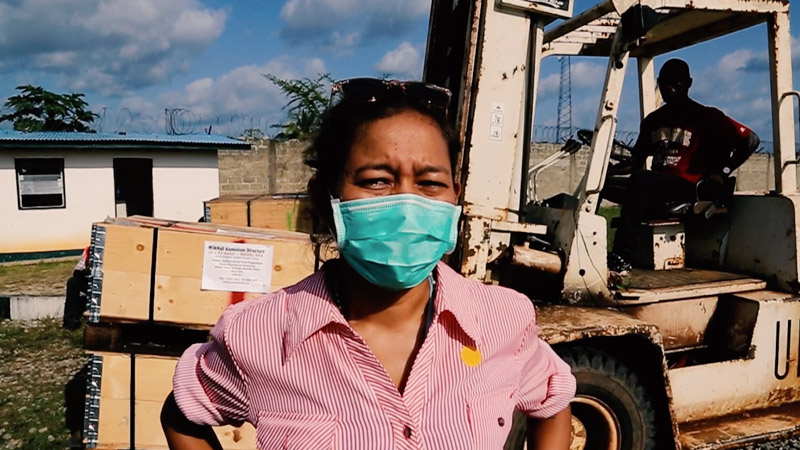
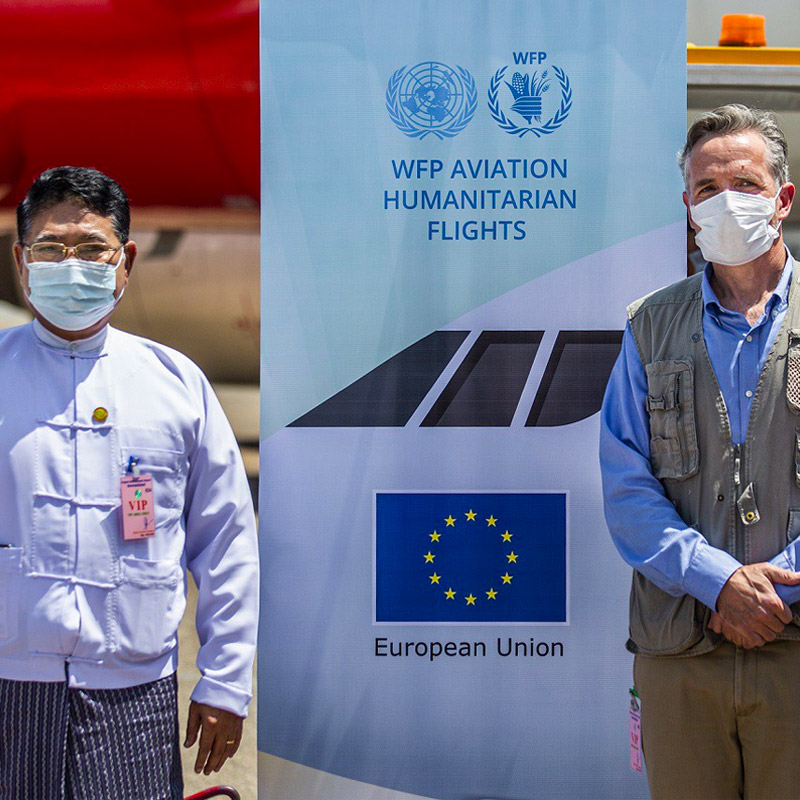
The pandemic caused global disruptions to the transport systems that health and humanitarian responders rely on to reach affected areas. With our long-standing experience and vast expertise in emergency response, logistics and supply chain, WFP’s logistics capacity stepped in to provide these services where commercial capacity didn’t exist. For a time, this even made WFP the biggest operating airline in the world.
Quickly building a Common Services structure designed to be flexible and driven by partner requirements, WFP ensured the continuity of existing operations and helped maintain the global health response for the entire humanitarian community. Thanks to funding from donors like the EU, we filled the gaps and transported humanitarian staff and medical cargo to destinations all around the world.

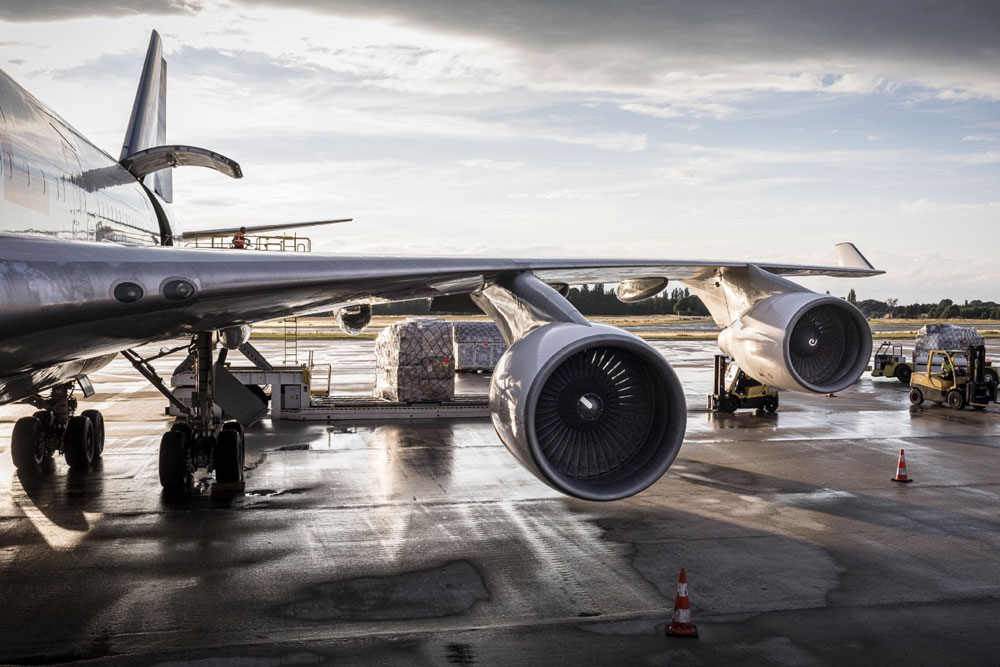
In parallel to WFP’s Common Services, the EU launched a Humanitarian Air Bridge in May 2020 under its Team Europe approach, to fill in essential logistical needs. Thanks to EU donations of air transport capacity through this Humanitarian Air Bridge, WFP was able to fly crucial and life-saving cargo to the Central African Republic, Chad, Nigeria and Yemen.
The COVID-19 pandemic hit at a time when hunger had been on the rise for four consecutive years. At the same time, forced displacement had reached record highs. Combined with conflict and climate change, COVID-19 threatened to push 270 million to the brink of starvation. In response, WFP’s partners and donors stepped up with advance funding so WFP could pre-position food and move cargo earlier, and continued to contribute additional life-saving funding afterwards. With help from donors like the EU, WFP set in motion the biggest scale-up in our history.


In Afghanistan, EU funding came at a critical time when needs were rising rapidly due to the COVID-19 pandemic. It allowed WFP to distribute food to nearly 470,000 displaced people and helped us reach more than 150,000 malnourished children — as well as pregnant and breastfeeding mothers — in remote areas with food and nutrition assistance through mobile health teams.

In our response to the effects of the pandemic on the most vulnerable in Iraq, WFP scaled up our operations throughout the country. Funding from the EU supported WFP in providing monthly cash transfers to families, delivered via mobile phone or e-vouchers on registered cards, which beneficiaries could redeem in food shops.
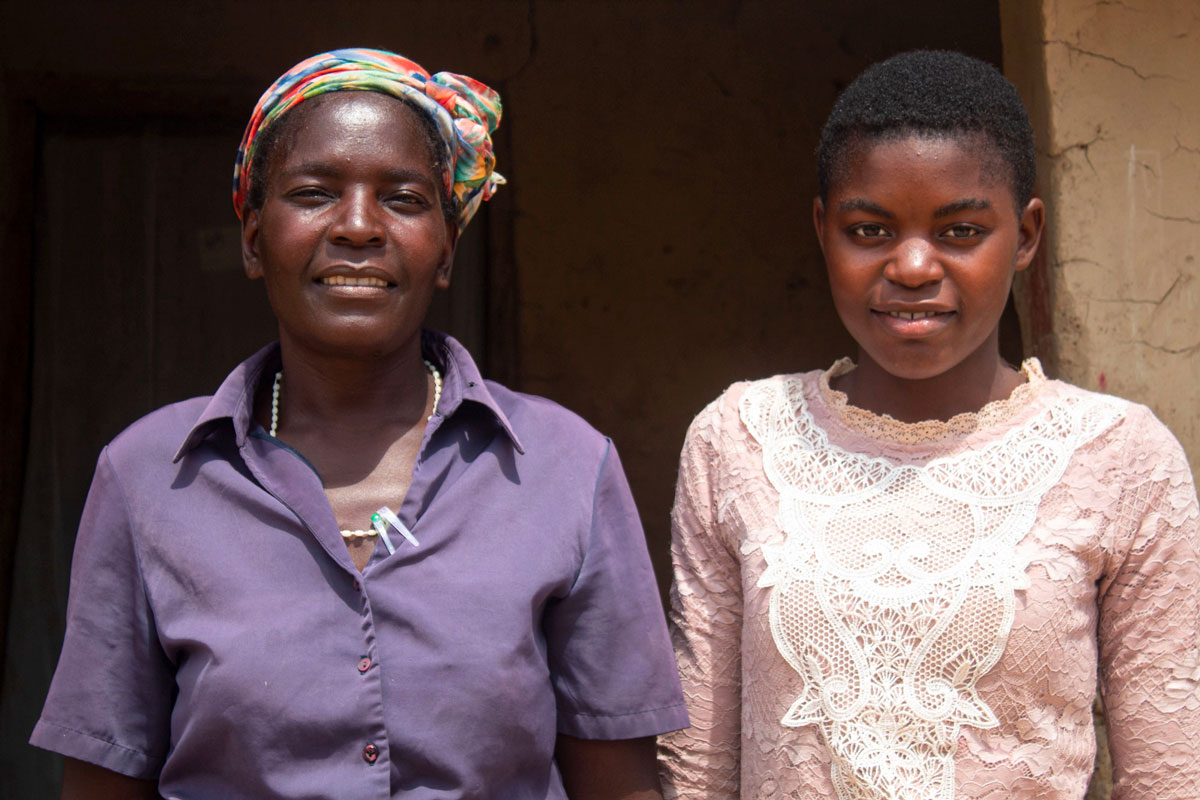
Funding from the EU also helped WFP provide cash assistance to 655,000 food-insecure people in urban areas of Zambia. At a time when WFP was reaching poor families in two cities with high infection rates, the EU’s support allowed WFP to extend our assistance to two more heavily impacted cities.
About two-thirds of WFP’s life-saving food assistance goes to people facing severe food crises. Last year, WFP was able to respond to pressing food needs in the highest-level emergencies (also known as Level 3 or L3 emergencies) thanks to EU funding.
Of these crises, most were affected by conflict and insecurity, with COVID-19 further compounding these challenges. Parts of Yemen, South Sudan, Northeast Nigeria and West Africa’s Central Sahel were of severe concern.
Insecurity also continued to push people out of their homes and forced families to flee — increasing food insecurity among the displaced while putting an extra strain on their host communities.
Together with partners like the EU, WFP works to help those affected by conflict across the world — saving lives and preventing people from slipping into famine.
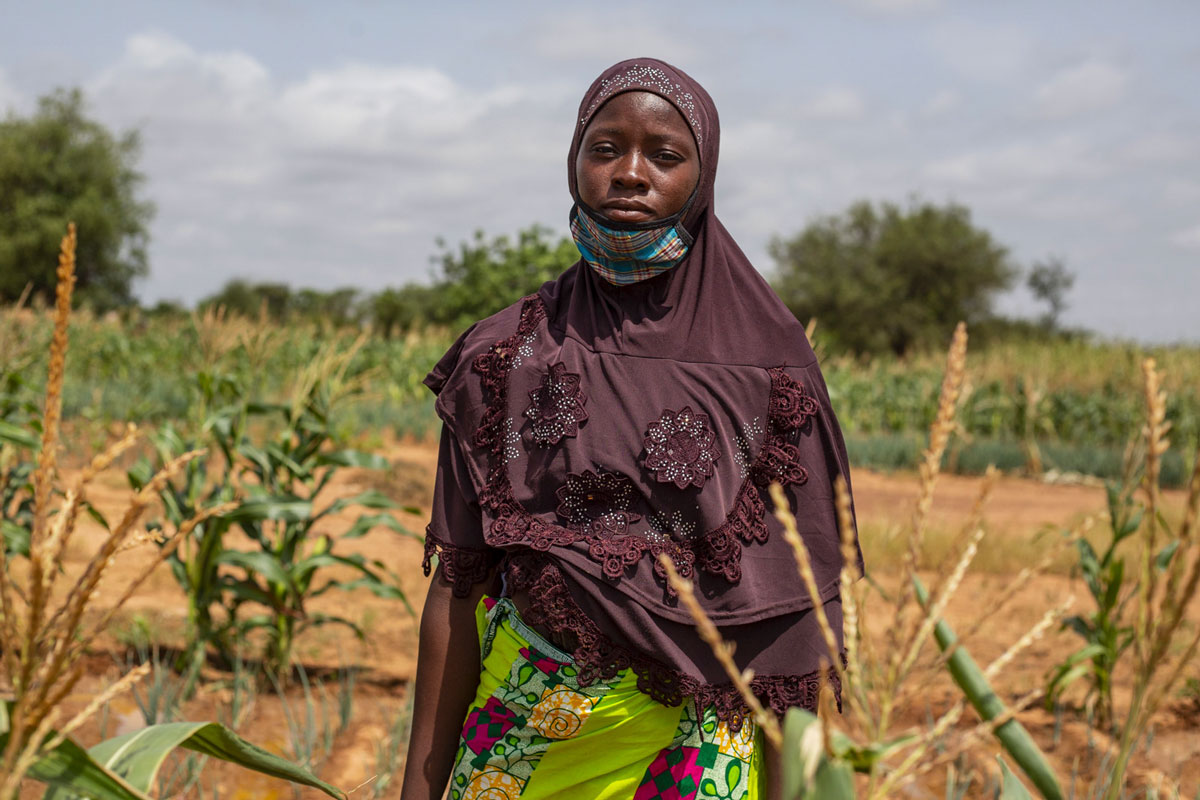
Insecurity, widespread poverty and climate change affect many vulnerable families in the Central Sahel (Burkina Faso, Mali and Niger). In 2020, because of these factors, some 7.4 million people did not know where their next meal would come from. Compared with the five-year average, acute food insecurity increased by 225 precent in Burkina Faso, 91 percent in Mali and 77 percent in Niger.
Last year, thanks to contributions from donors like the EU, WFP was able to assist nearly 7 million people across the three countries through life-saving food assistance and livelihood projects to improve nutrition and food security.
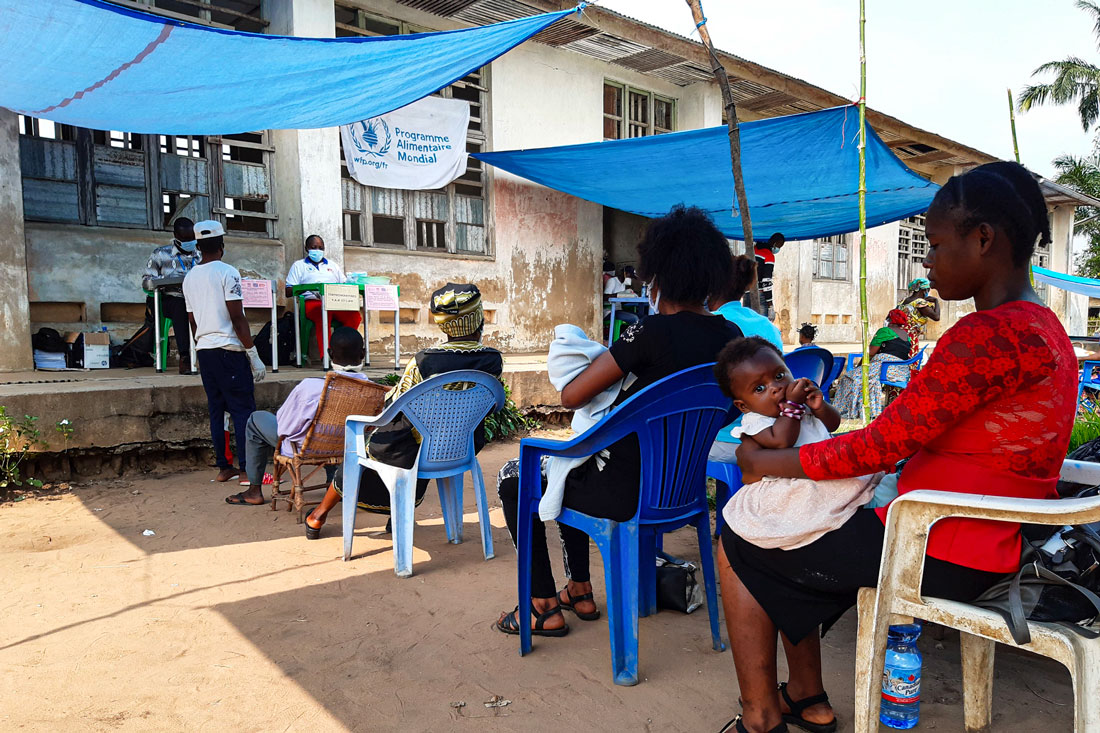
With 21.8 million people highly food insecure, the Democratic Republic of the Congo (DRC) is the largest food security crisis in the world in absolute numbers. In 2020, conflict and hunger continued to fuel each other there. On top of widespread insecurity, COVID-19 deeply affected the country’s economic growth and disrupted the livelihoods of the most vulnerable households. Thanks to donors like the EU, WFP assisted nearly 6.9 million people across the country, with 3.7 million people receiving emergency food assistance and 1.5 million receiving cash-based transfers.
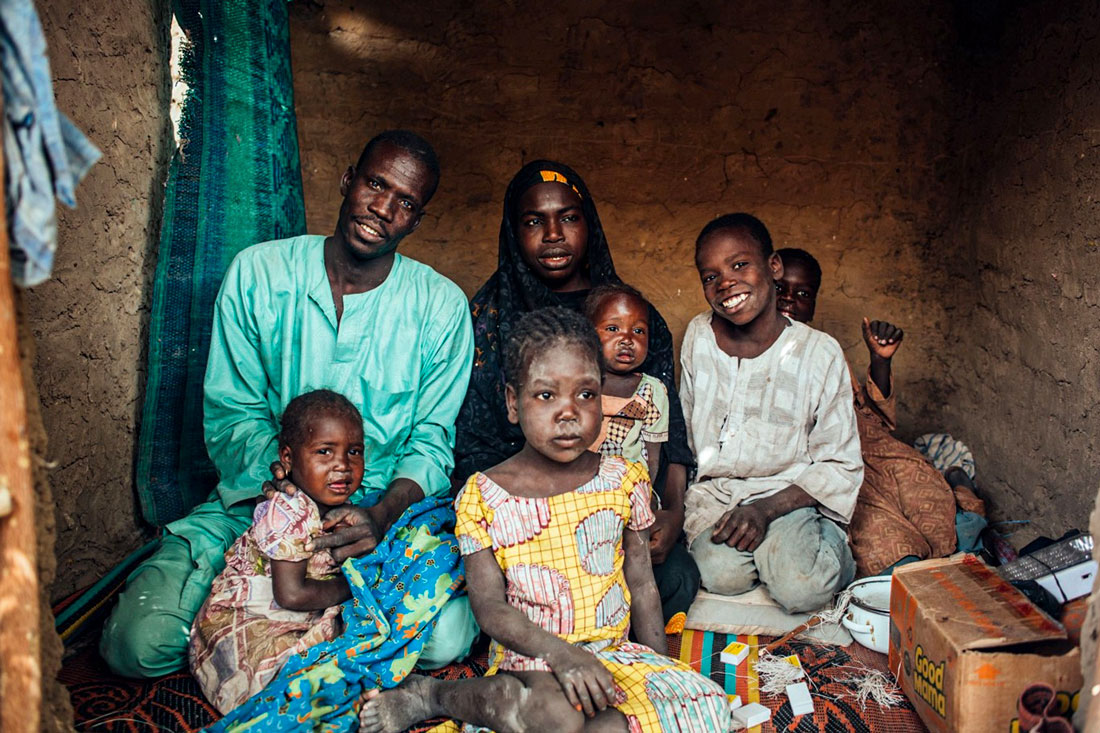
In North Eastern Nigeria, ongoing conflict contributed to nearly one million more people becoming internally displaced. Combined with the impact of the pandemic, the number of acutely food insecure people rose from 2.95 million to 4.3 million in 2020. At the same time, insecurity and lockdown measures disrupted supply chains, impeding our efforts to reach people in need.
In this difficult context, WFP rose to the challenge. With funding from the EU and other donors, we worked together with the people of Nigeria and the government to address the growing emergency needs and reach 1.88 million people in 2020.
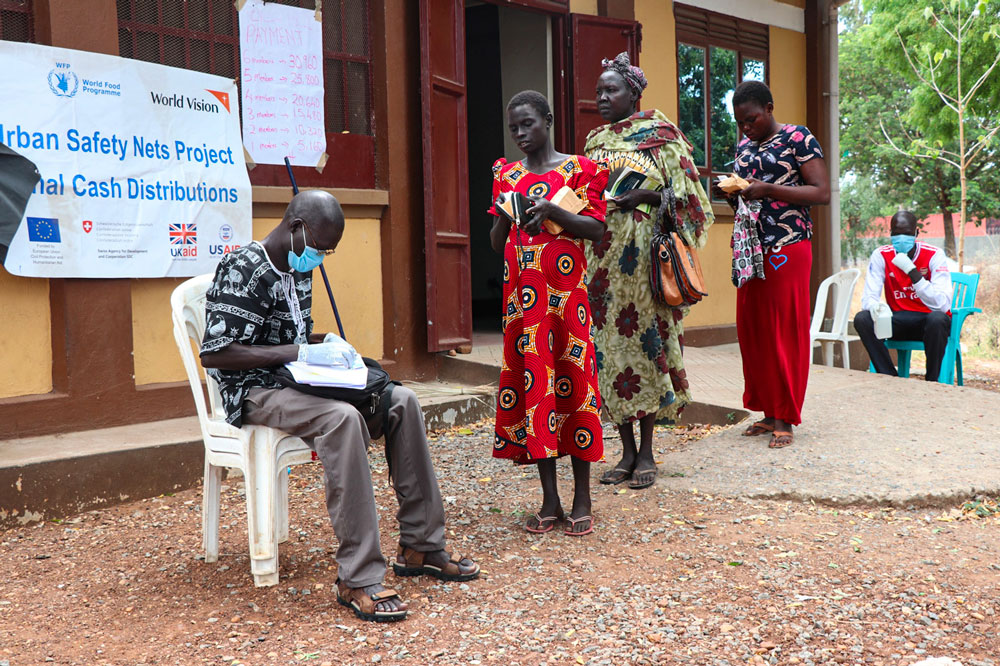
Unprecedented levels of conflict, the COVID-19 pandemic and a second consecutive year of record flooding further exacerbated South Sudan’s crisis. Nearly 6.5 million people faced severe acute food insecurity at the height of 2020’s lean season.
In response, WFP provided life-saving food and nutrition assistance to 5.3 million beneficiaries, including 422,000 people living in areas either “at risk of” or already containing pockets of famine. It’s thanks to funding from donors like the EU, who contributed €30 million, that WFP was able to respond to the diverse needs of the population.
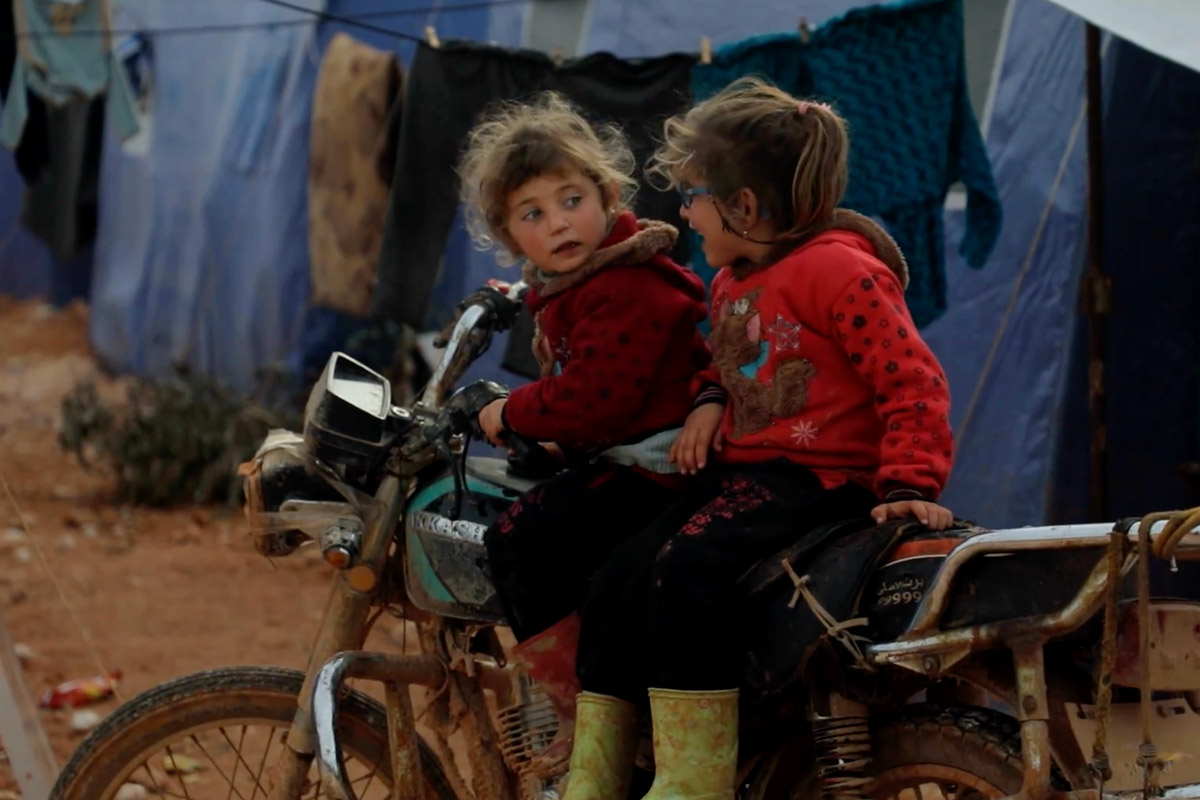
In 2020 the food security situation in Syria deteriorated to levels not previously seen through more than nine years of devastating crisis. Some 9.3 million Syrians were food insecure, a number that has continued to rise in 2021, due to conflict, economic collapse and the impact of the pandemic. WFP successfully reached 5.7 million people across our activities in Syria with the support of donors like the EU.
We also provided a reliable humanitarian air service (known as UNHAS) in Syria, further cementing WFP’s role as the service provider of choice for the humanitarian community at large.
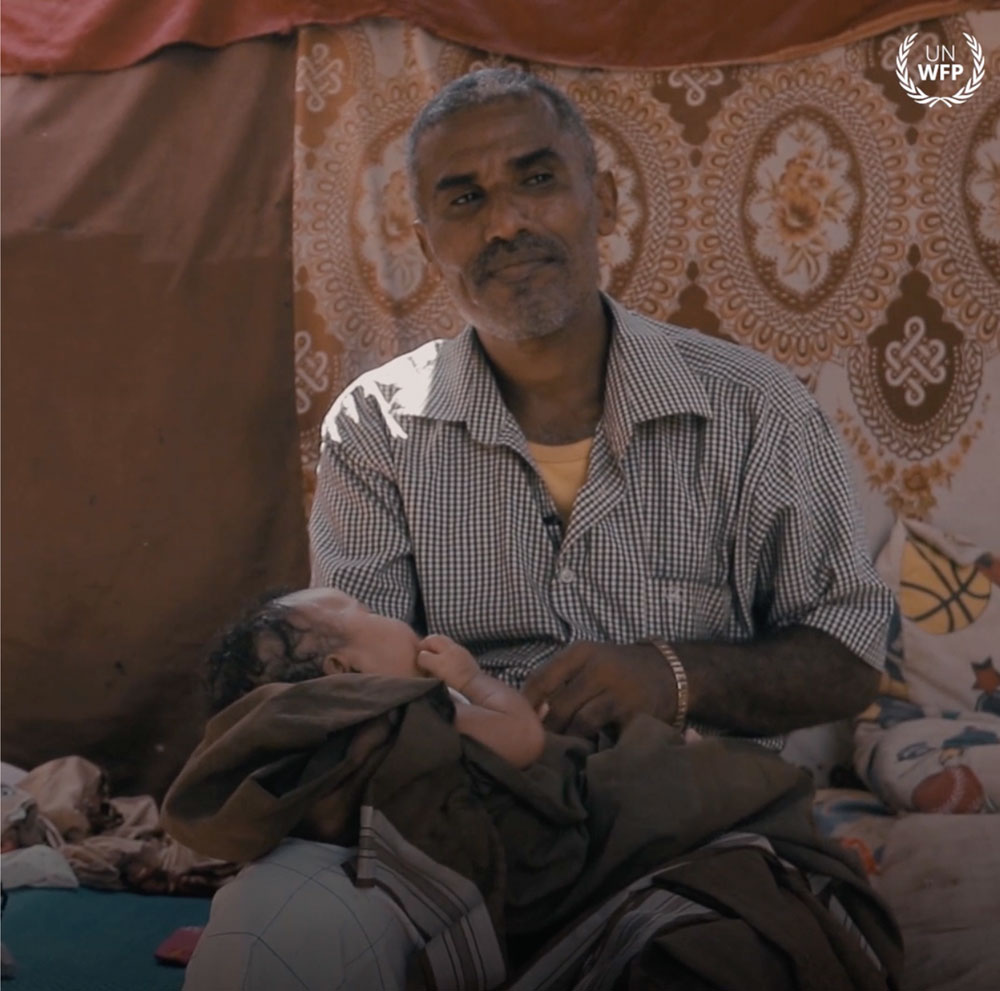
As Yemen’s conflict dragged on for a sixth year, it reversed the progress made in 2019 and further exacerbated the world’s worst humanitarian crisis. The COVID-19 pandemic — along with severe economic deterioration and unprecedented floods — only worsened the situation, leaving 80 percent of the population (about 24 million people) in need of humanitarian assistance. With generous donors like the EU, who contributed a total of more than €47 million, we scaled up our operations and reached approximately 15 million beneficiaries in 2020
While the highest-level emergencies drew global attention, WFP continued to work in countries facing ‘forgotten’ humanitarian crises — places that receive limited international attention in spite of growing needs.
Throughout 2020, WFP and the EU remained committed to leaving no one behind and supporting people in need across the globe, including those living in forgotten crises brought on by conflict, climate change and economic downturn.

In 2020 the pandemic ravaged Myanmar’s economy. Combined with pre-existing poverty, conflict and instability, it exacerbated the already fragile food and nutrition security situation in the country. With help from donors like the EU, we were able to increase nutrition support to reach over 60,000 mothers and children with vital assistance. Support from the EU also allowed us to launch domestic flights to connect aid workers to conflict-affected areas that were difficult to reach by land.
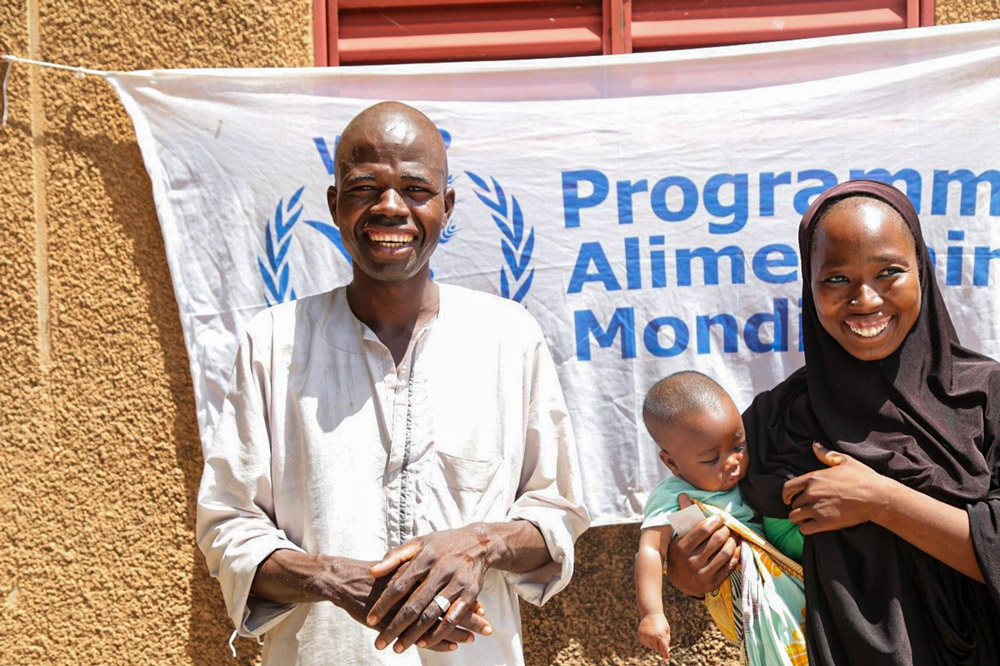
In 2020, Niger’s food security situation remained concerning. Already fuelled by insecurity and climate change, the hunger situation deteriorated further with COVID-19. Approximately 5.6 million people were affected by its impact, including some 2.7 million people estimated as highly vulnerable during the peak of food insecurity, which coincides with the agricultural lean season from June to August. Responding to the deepening hunger and malnutrition levels in the country, WFP reached 2.7 million people through our crisis response and resilience building operations. Support from the EU allowed WFP to provide unconditional and nutrition assistance to vulnerable households in crisis-affected areas.

Haiti has been repeatedly hit by disasters and extreme weather events in the last ten years while being engulfed in a protracted economic and social crisis. Compounded by the COVID-19 pandemic, many families have been pushed deeper into poverty and hunger, with more than 4 million people in need of food assistance in 2020. Thanks to support from the EU, WFP’s humanitarian air service was able to transport humanitarian staff and medical supplies to the most remote parts of the country, while also helping WFP distribute cash assistance to the most vulnerable in the north of the country. In 2020, WFP reached more than 1 million beneficiaries across the country thanks to donors like the EU.
While the emergence of the coronavirus in 2020 has reshaped our lives, the world also grappled with one of the hottest years on record. Along with devastating heatwaves and wildfires, there have been floods, storms and city-sized locust outbreaks.
Its impact on food security can already be seen. And if global temperatures keep rising to 2°C above pre-industrial levels, an additional 189 million people could become more vulnerable to food insecurity. In line with its strategy under the European Green Deal, the EU supported WFP’s efforts to address climate-driven hunger, invest in sustainable food production and help build people’s resilience to extreme weather events.


Cuba is highly prone to tropical storms, hurricanes, heavy rains and drought that cause economic losses and harm food security. Thanks to funding from the EU, WFP helps rural communities prepare for natural hazards such as droughts. By regularly measuring water levels in rain gauges, communities can predict droughts and save their crops and livestock.

The people in Chad are among the most affected by the global climate breakdown. Many people depend on farming and livestock for their livelihoods, but erratic rain and frequent droughts reduce agricultural yields, making it hard for them to put food on the table. Support from donors like the EU help WFP provide vital food assistance to the most vulnerable communities during the lean season, the period between harvests when people’s food stocks run out.

Guatemala faces recurring tropical storms and hurricanes and is increasingly affected by erratic weather patterns, resulting in frequent disruptions of the economy and the livelihoods of subsistence farmers. To build the resilience of vulnerable communities to these climate shocks and improve overall food security, WFP is assisting around 30,000 people living in rural areas with high poverty rates. Thanks to funding from the EU, WFP will be able to strengthen their livelihoods and sources of income, improve their nutrition and help them rehabilitate and conserve land.
Malnutrition at its extremes can be a matter of life and death. Its consequences on health are devastating, long lasting and often irreversible, and in the long term it can hold back entire countries, undermining economies and development.
To get to Zero Hunger, food is not enough. While food assistance in an emergency can save lives, the right nutrition at the right time can change lives.
As the leading organization providing food assistance to the world’s most vulnerable, WFP prioritizes nutrition as a core element of our work. Together with the EU, we set out to improve human development through nutrition-sensitive programmes, targeting women and children in particular.

In Tanzania, the EU-funded Boresha Lishe nutrition project works with government health facilities and rural communities to prevent stunting and treat moderate acute malnutrition for pregnant and breastfeeding women and children aged under 2. Beneficiaries receive nutrition education and counselling, as well as monthly take-home rations of flour mix fortified with essential vitamins and minerals.
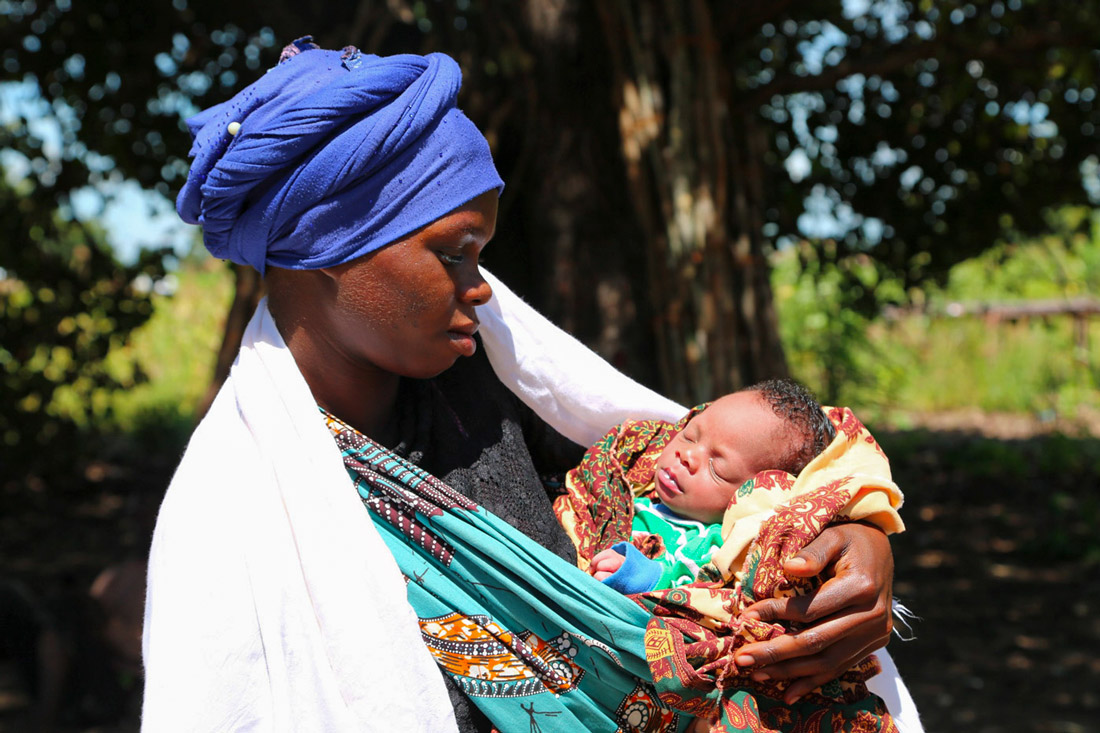
Cooking demonstrations are a key activity of WFP’s nutrition-sensitive programme in Mozambique. Participants include community leaders, parents and children, all of whom receive advice on how to diversify their diets and make nutritious meals with locally available foods, as well as information on water, sanitation and hygiene (WASH).
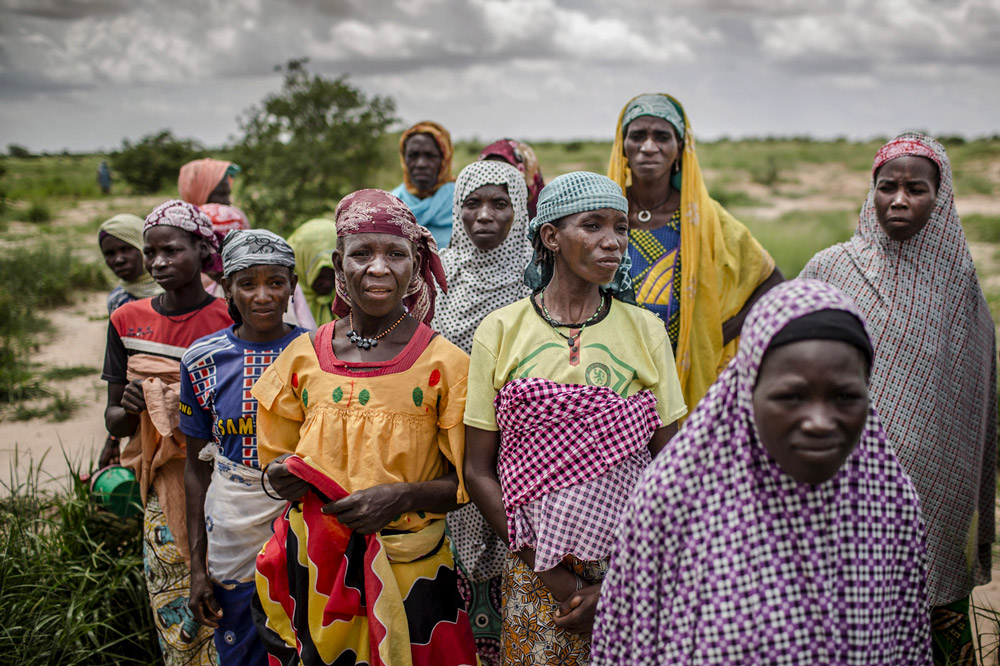
Backed by generous funding from the EU, WFP set up programmes in the three Central Sahel countries (Burkina Faso, Mali and Niger) to provide immediate assistance to reduce food insecurity and malnutrition. The project, set up in 2020, will help tackle the root causes of malnutrition and ensure that nutritious foods are available to respond to present needs and future shocks.
Every day, countless children across the globe go to school on an empty stomach, which makes it hard to focus on lessons. Many simply do not go, as their families need them to help in the fields or around the house.
Together with the EU, WFP puts a strong focus on supporting children’s nutrition, especially young girls, through its school feeding and health initiatives. Better health and nutrition allow children to learn and perform better, broadening their educational opportunities.
In benefitting children and their families, school feeding and health help build ‘human capital’ — the sum of a population’s health, skills, knowledge, experience and habits.
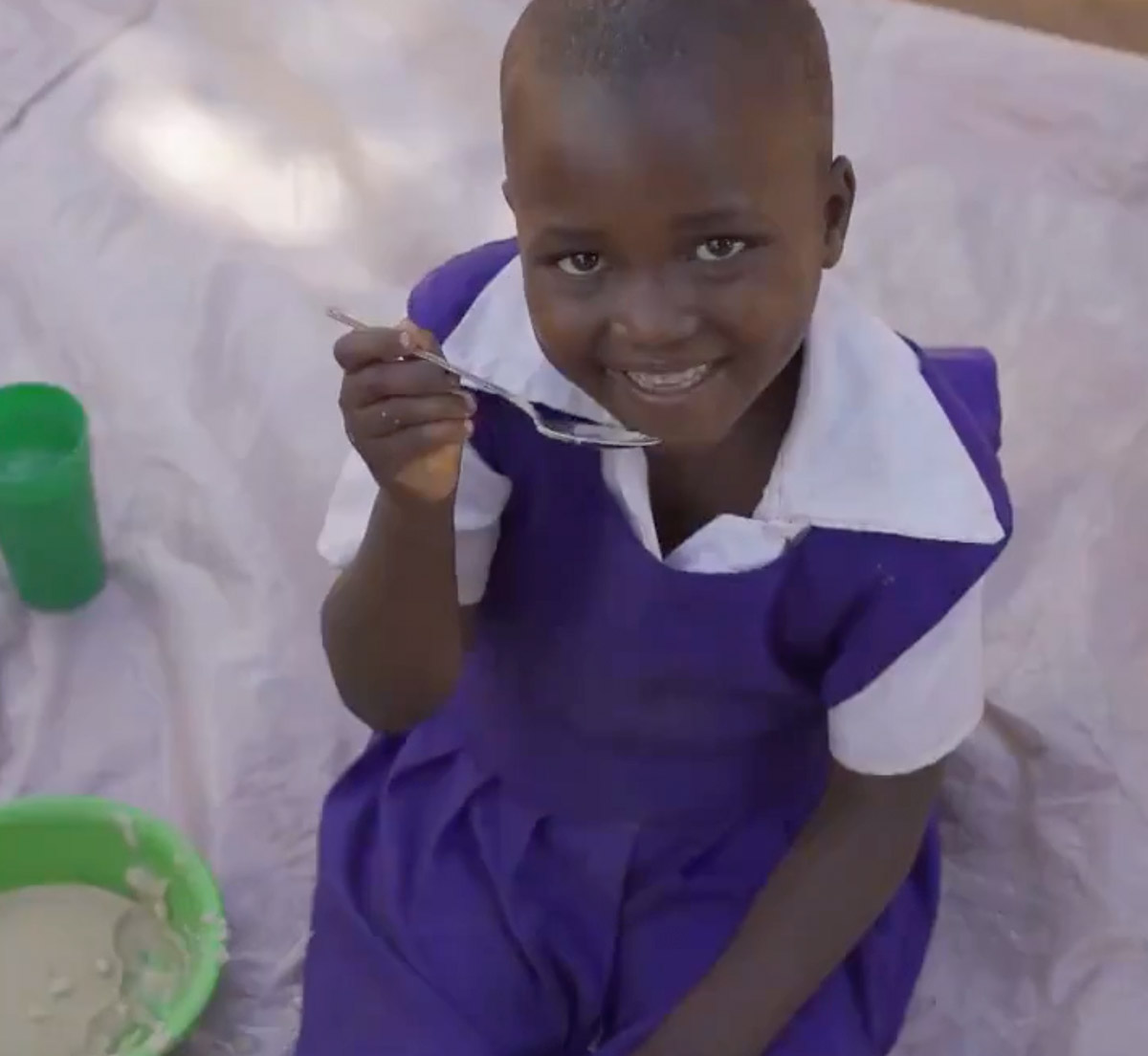
In Malawi, the COVID-19 pandemic has increased the needs of vulnerable parts of the population, including many women and children. Thanks to support from the EU, WFP has been able to provide 280,000 children with school meals in 200 primary schools in Malawi’s Southern region. The programme contributes to improving the nutritional status of school-age children and to increasing income opportunities of the surrounding communities, as smallholder farmers are the main suppliers of the food.
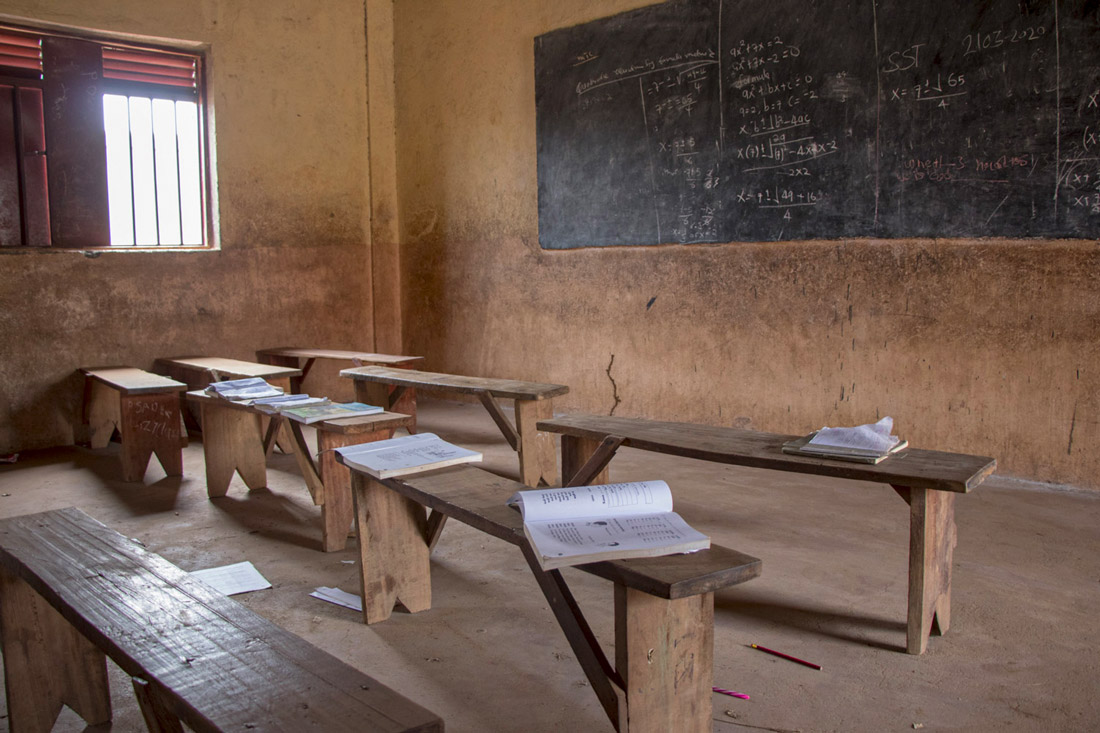
Across South Sudan, WFP provides school meals, usually made from home-grown food sources, to children in 150 schools thanks to support form the EU. Pupils receive daily meals, and in some cases can take food home as a family incentive to keep the child attending school. Programmes such as this help increase school enrolment and attendance, while also improving children’s cognitive abilities.
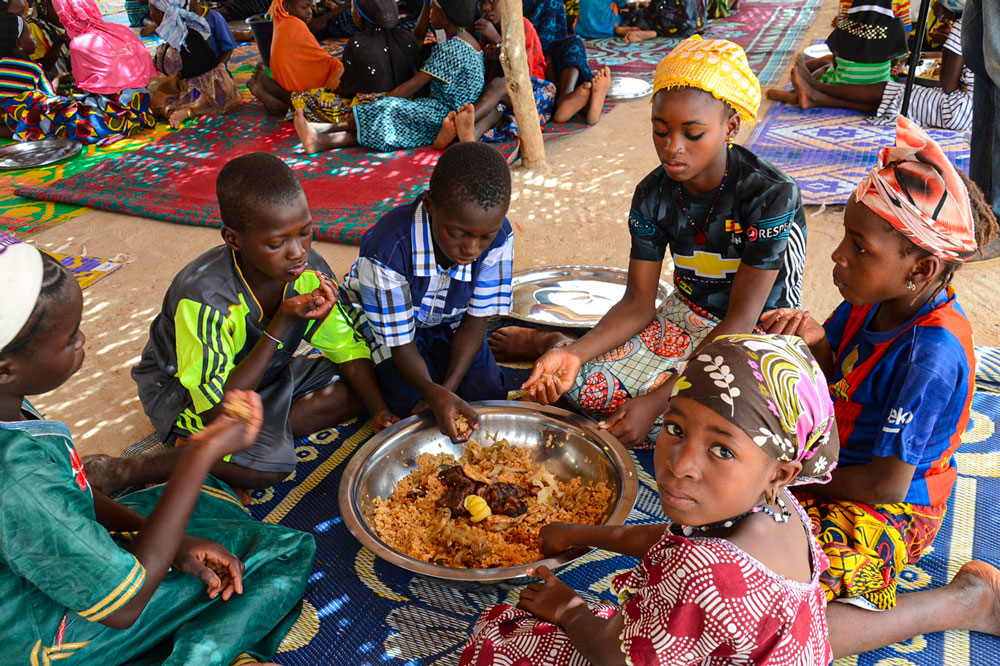
Thanks to support from donors like the EU, WFP provides food assistance to thousands of people living in the Mberra refugee camp in Mauritania through general food distributions, prevention and treatment of malnutrition and a school meals programme. The assistance both feeds and nourishes the family while also encouraging education through the meals served at the school in the camp.
Every year, WFP provides vital food and nutrition assistance to around 100 million people. Yet, the number of people who do not have enough to eat worldwide is much higher — currently standing at 690 million. Reaching Zero Hunger by 2030 means meeting the needs of these people. WFP works with governments to ensure this can be done through national systems.
This is often referred to as social protection. Its systems typically include social assistance schemes — predictable and reliable transfers of cash, food or other goods. They can help people address the risks they face, such as poverty, social exclusion, inequality and food insecurity, and protect the most vulnerable from shocks and stresses throughout their lives.
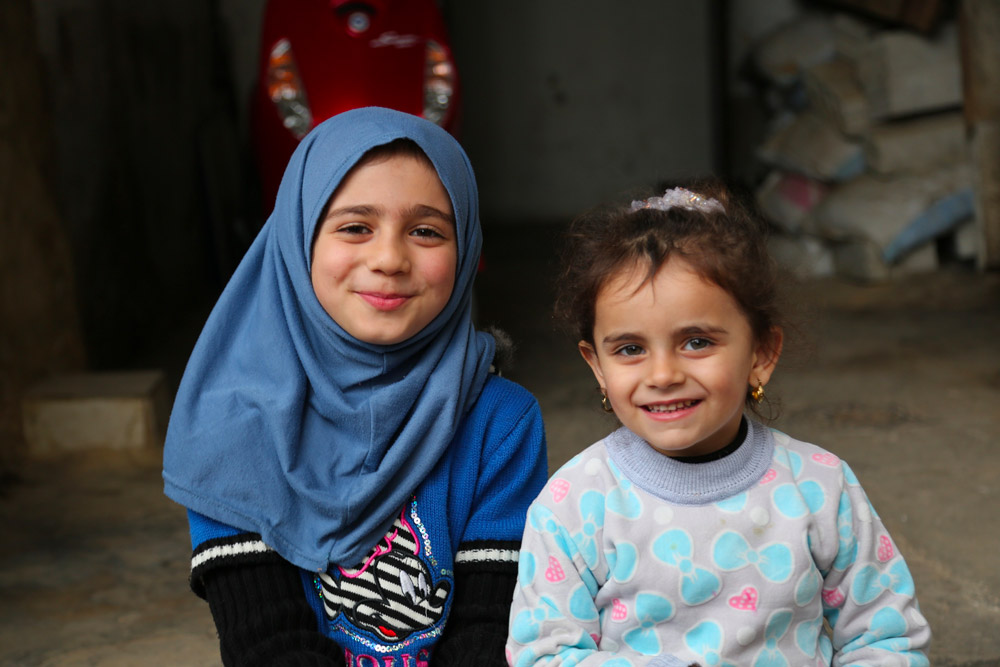
2020 was a particularly difficult year for Lebanon. Rising prices and widespread loss of income, a result of the economic crisis exacerbated by the COVID-19 pandemic and the Beirut Port explosion, eroded people’s ability to afford food, shelter, and healthcare. In response to rising needs within the country, WFP assisted almost 1.4 million people across the country, reaching significantly more beneficiaries than in previous years. This was made possible thanks to donors like the EU, which contributed €113 million to WFP’s operations in the country.
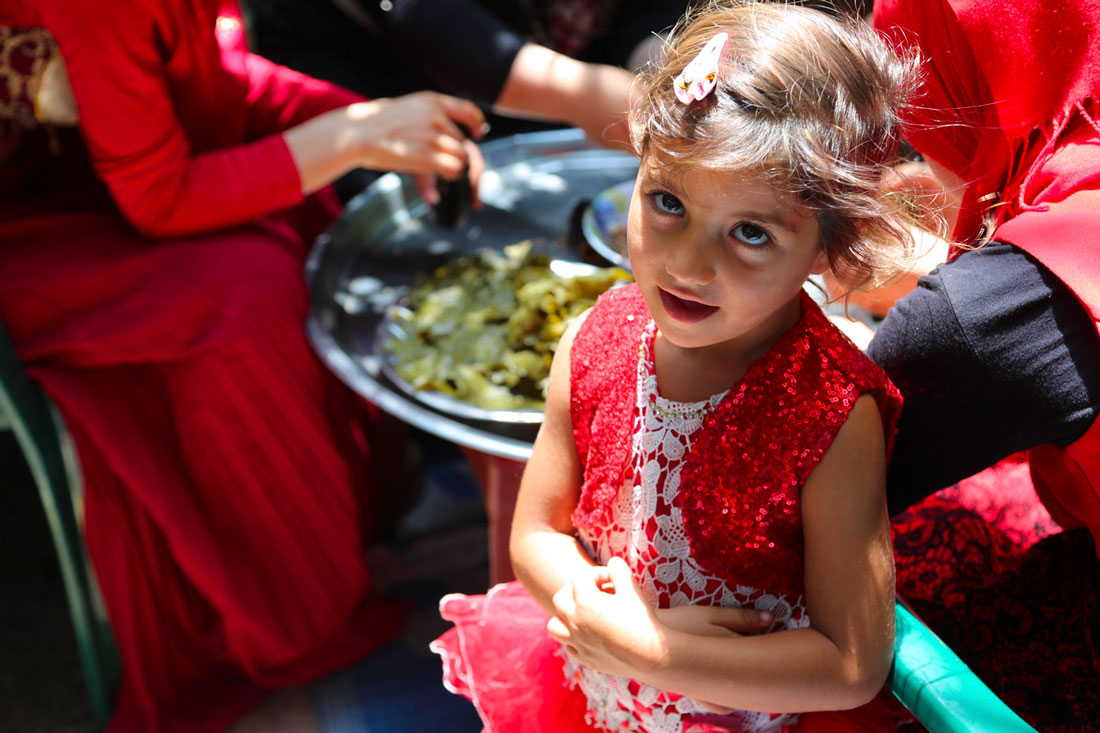
Smallholder farmers produce most of the world’s food, but also tend to be food insecure and form the majority of people living in poverty. Lacking effective safety nets and income, they have little opportunity to improve their health, education, economic growth, or development in the broadest sense.
Developing long-term solutions that raise farmers’ incomes and improve their livelihoods holds the key to building sustainable food systems, strong local economies and a world without hunger.
In 2020, WFP invested in wide partnerships, innovative solutions and context-specific support for farmers around the world that helped increase their income and strengthen their resilience, all thanks to donors like the EU.
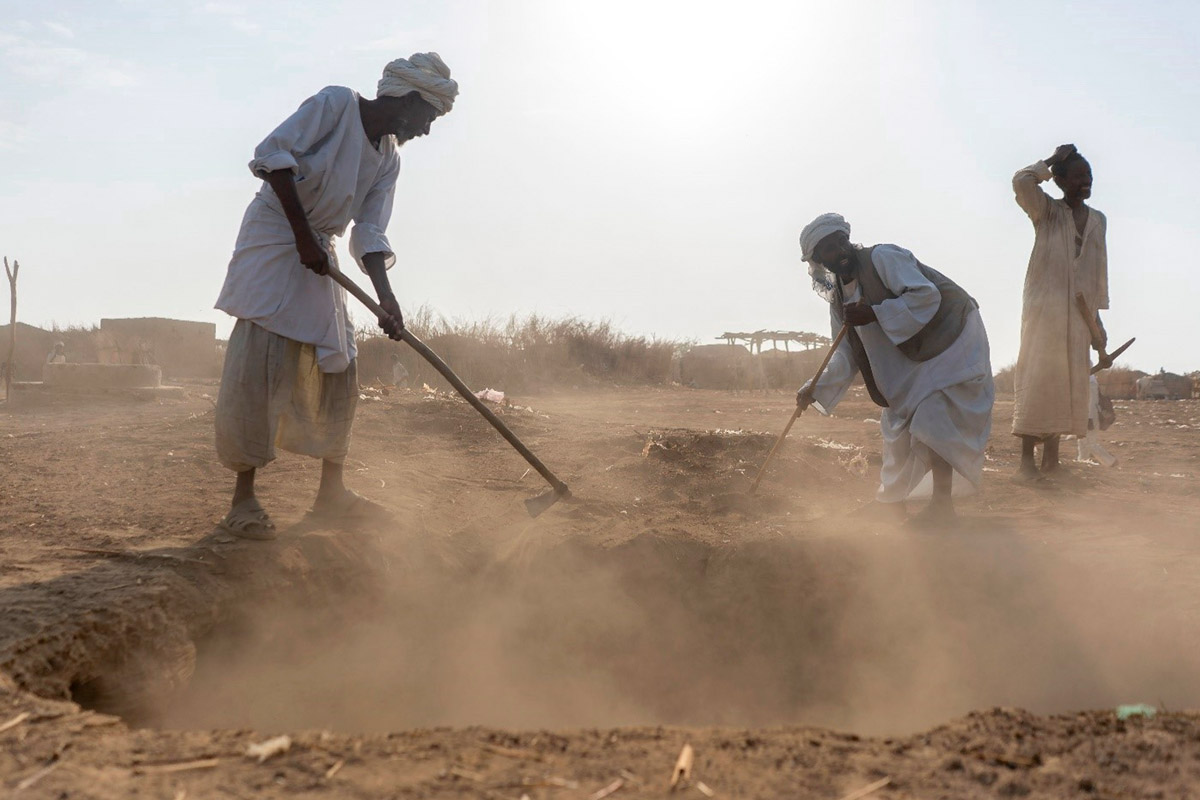
In Sudan, farmers face several environmental challenges, such as deforestation and land degradation, as well as high post-harvest losses and difficulties in accessing markets. Farmers can lose up to a third of the food they produce because of inadequate storage practices alone. Thanks to funding from the EU, WFP promotes the use of hermetic bags to better store crops, together with training in post-harvest handling of produce, storage and value assessment. In doing so, the programmes not only increase farmers’ income and job security, but also improve their general food security.
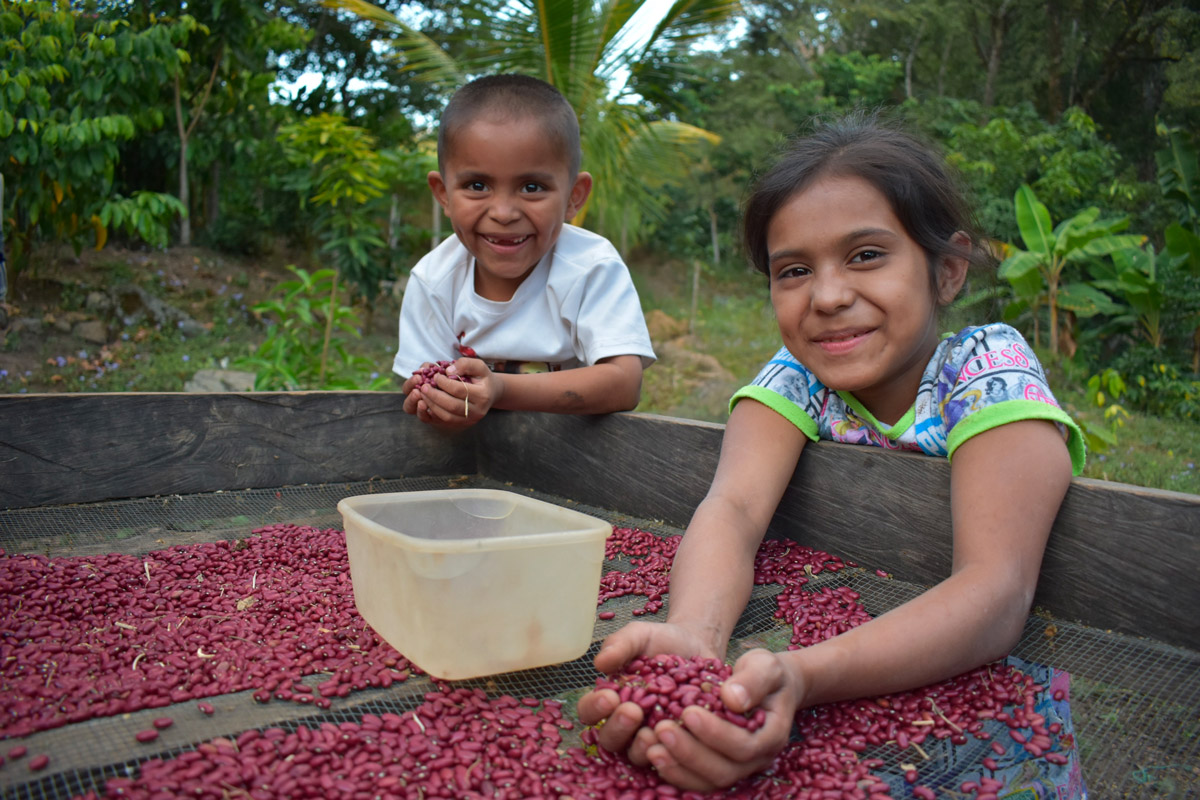
Thanks to an EU-funded programme in Nicaragua, WFP works together with 4,500 women farmers from 20 cooperatives to boost food security and economic resilience. Participants receive technical assistance and training on agricultural production, soil and water conservation, as well as the post-harvest management of crops. In addition, farmers receive advice on the best commercial practices for selling their produce. As a result, these smallholder farmers have achieved higher crop yields and higher profits, increasing their income and food security in the process.

WFP has also helped smallholder farmers in the Republic of Congo, where agriculture is largely limited to subsistence farming. Because domestic food production only covers 30 percent of needs, the country relies extensively on food imports. With support from donors like the EU, WFP has provided farmers with the seeds, trainings and technical assistance to improve their food production, as well as helped them get their produce to markets to sell, ultimately increasing their income and food security.
With growing needs and a growing funding gap, it’s more important than ever to ensure that aid is delivered in the most efficient and cost-effective way so the highest proportion of funds reaches those in need. Where markets and financial sectors are functioning, cash transfers can be an effective solution to achieve food security and nutrition outcomes.
They can help strengthen local markets, serve as shock-responsive social safety nets, and empower individuals and their families to make choices that improve their food security and well-being.
Cash transfers come in many forms. Depending on the context, they can be distributed as physical bank notes, e-money, through debit cards or vouchers which are redeemable at locally contracted shops.
Thanks to donors like the EU, which has a long-standing commitment to the use of cash in humanitarian settings, WFP implements cash-based transfers wherever the context allows it. In 2020, WFP transferred US$ 2.1 billion in cash-based assistance to people all around the world.
